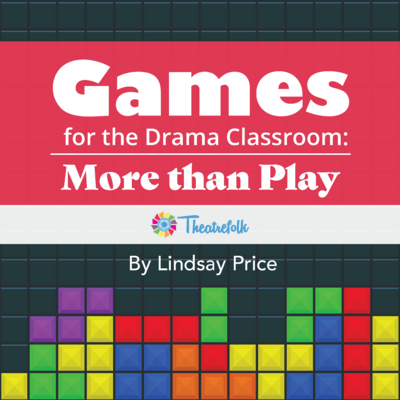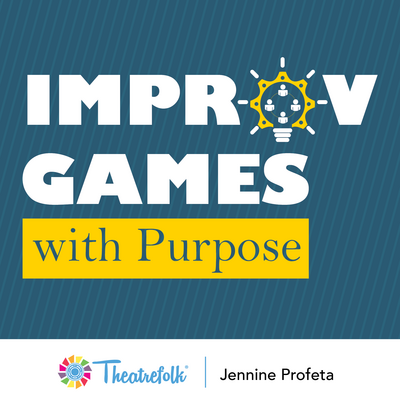"Cheating Out": Two Games for Middle School Drama Students
Something teachers notice frequently when working with middle school students is that when the students are performing a two-person scene onstage, they tend to turn their bodies directly towards whomever they're talking to. This is understandable, as that’s what people do naturally to hear each other better and establish the fact that they’re listening. However, when students are onstage and turn their bodies away from the audience, they’re essentially closing themselves off. It makes it more challenging for the audience to hear the performers and see their facial expressions.
Of course, we know there are times when performers must turn away from the audience, and in those cases, ensuring that students have worked on projecting their voices without shouting is key. But with all skills, practice makes progress, so let’s start by reinforcing the concept of “cheating out” towards the audience. Cheating out refers to actors standing with their bodies facing out towards the audience, but slightly angled towards their scene partner and looking at them out of the corner of their upstage eye using their peripheral vision. This gives the audience the illusion that the actor is speaking to their scene partner, while the audience can still see them. It also makes it easier for students to project their voice, as they aren’t facing fully sideways or towards the back of the stage.
So let’s practice. Here are two games you can play with middle school drama students to practice "cheating out" towards the audience by using exaggerated body movements and standing positions. Students are going to feel strange or unnatural playing the games, and that’s the point — they’re meant to practice moving their bodies differently onstage.
For both games, you’ll need copies of a short (one page or less) two-person scene for each student. You’ll also need a pack of Post-it Notes or index cards and tape for the second game.
Game One: Toes Forward
Give students a copy of a short (one-page or less) two-person scene. If you wish, read the scene out loud before playing the game so everyone can hear it.
Select two students to go first, draw names out of a hat, or ask for volunteers. Have the two students act the scene out in front of the rest of the class cold-reading style, with script in hand. Encourage students to use lots of movement and gestures in their scene and try not to just stand in one place. The catch is that no matter where or how students move on the stage, their toes must point towards the audience. This forces students to keep most of their body facing the audience. How will they move, stand, and bend the rest of their body? If you wish, have an audience member count (silently) how many times the students’ toes move away from the audience. Repeat this game until each student has had a chance to perform in front of the class.
Game Two: Post-It
Give students a short (one-page or less) two-person scene. If you wish, read the scene aloud as a group. Have two students volunteer to start the game. Stick an index card or brightly coloured Post-it Note on each student’s back. *Have them act out the scene using lots of movement and gestures, but they have to keep the Post-it on their back hidden from the audience. *Again, this forces students to keep their bodies open towards the audience. Have audience members count (silently) how many times they see the Post-its. Repeat this game until each student has had a chance to perform in front of the class.
For both games, after everyone has had a chance to perform, ask students verbally or have them write a reflection on what was the easiest and the most challenging part of the game. How did this game help to make them a better actor? If you played both versions of the game, which one was easier? Which one felt more natural? How can they apply or adjust this technique to a real onstage performance?
Again, there will be many times in theatrical productions and scene work where students will turn away from the audience, as instructed by the director. But it’s always good for students to practice opening themselves out to the audience, and to make this slightly unnatural, theatrical way of moving and standing start to feel more normal when they’re performing.
Related Articles
Games for the Drama Classroom: More Than Play
by Lindsay Price
A collection of games and activities that go well beyond the notion of "play."
Improv Games with Purpose
by Jennine Profeta
Improv games including feedback suggestions and questions, game variations, teaching tips, side coaching tips, entry prompts, exit slip questions, and more!





